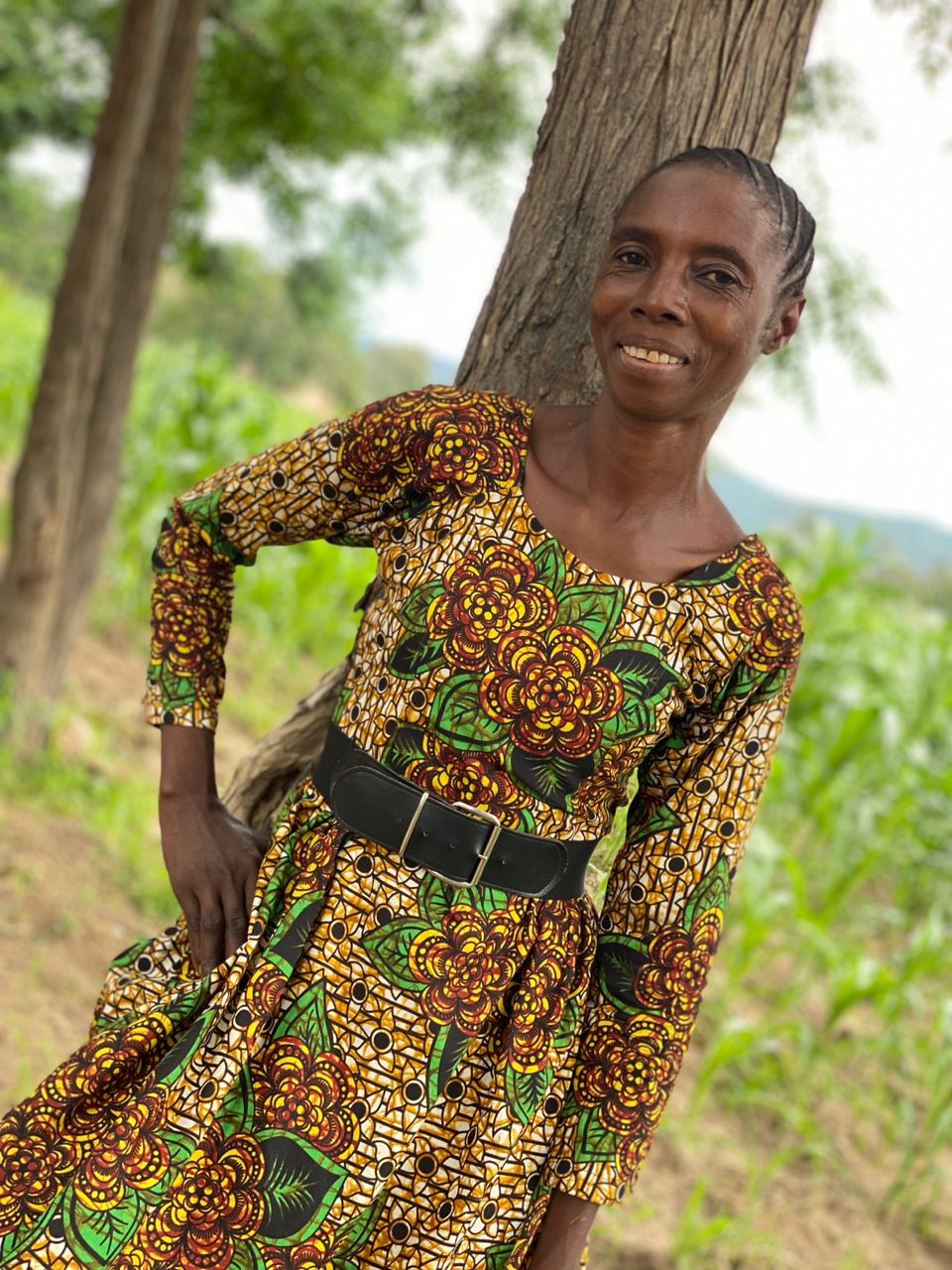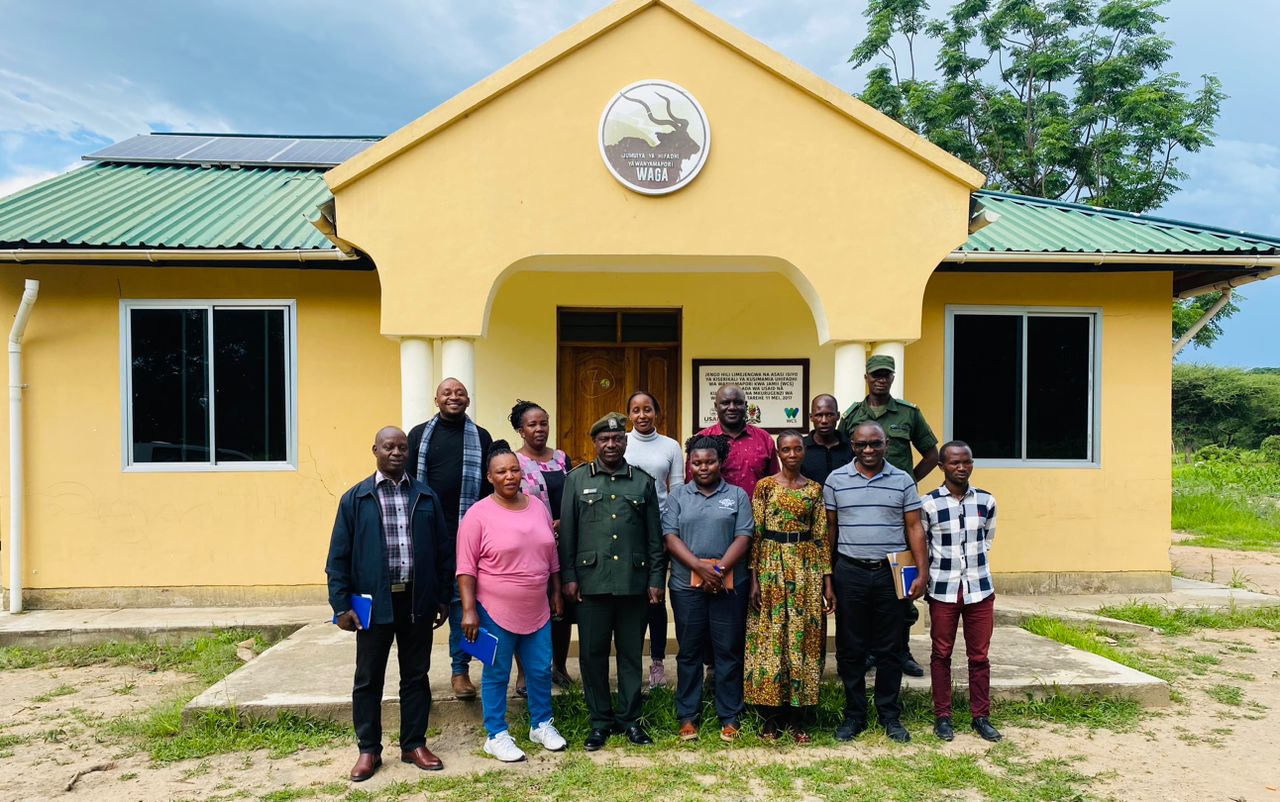Waga Wildlife Management Area: A Conservation Success Story
March 3, 2023

Fatuma Said Mbembati, Chairperson of the Waga Wildlife Management Area, which covers some areas in the southern highlands regions of Iringa and Mbeya in Tanzania
Highlighting Waga Wildlife Management Area
The Wildlife and Environmental Conservation Communities are reaping the benefits of joint efforts to preserve Tanzania's Wildlife Management Areas (WMAs).
Combating Poaching and Illegal Wildlife Trade through an integrated approach 5-year project led by the Ministry of Natural Resources and Tourism with support from UNDP and GEF has helped communities benefit not only from the presence of wildlife in their areas, but also to living in harmony with them. The project also focuses on combating poaching and promoting wildlife conservation in the Ruaha-Rungwa ecosystem in the southern highlands of the country.
Waga Wildlife Management Area, situated on the border of Iringa and Mbeya regions, is a prime example of a community benefiting from the conservation project. The area was initially a human settlement that the government later relocated after discovering a high concentration of wildlife. Waga is home to several wildlife species, including lions, leopards, giraffes, buffaloes, and antelopes, as well as various trees and grass.
According to Meshaki Kisoma, the Secretary of the Waga Community, the area has several wildlife attractions from the nearby Ruaha National Park due to the presence of rivers that provide water for the animals. Waga Wildlife Management Area is a protected area that the government decided not to include in Ruaha National Park, and the benefits that will be derived from the area are for the member villages surrounding it.
Benefits of the existence of Waga Wildlife Management Area
The Waga Wildlife Management Area has brought several benefits to the community. For example, the Igoma village established a well-equipped office, and the Maoninga village hospital received funds from the reserve. The village government earns revenue, investors provide funds, and income is generated, resulting in money being distributed to entrepreneurial groups for development purposes. One secondary school used funds to purchase school equipment.
The reserve is managed by five villages: Maoninga, Igoma, Ihanzutwa, Nyamakuyu, and Nyakadete, and Fatuma Said Mbembati, the Chairperson of the Waga Community, is responsible for overseeing operations and scrutinizing revenue sources. The Waga Wildlife Management Area is an excellent area for tourism, offering visitors the chance to see various wildlife species and natural vegetation.
The Waga Wildlife Management Area is a testament to the importance of community involvement in wildlife conservation. By partnering in wildlife conservation efforts, we can protect biodiversity and promote harmony between wildlife and humans, especially in areas where wildlife and humans interact.
To read the Swahili article and listen to Swahili audio, you can click on these links: https://bit.ly/3GPgcil and http://bit.ly/3ojOa8T

Staff from UNDP and Ministry of Natural Resources and Tourism pictured with leaders from the Waga Management Area
Background of the project and achievements to date
The project "Combating poaching and illegal wildlife trade through an integrated approach" aims to prevent poaching and the illegal wildlife trade in Tanzania by strengthening capacity at both national and landscape levels. The project also aims to improve collaboration between Tanzania and its neighboring countries to fight illegal wildlife trade.
During the project's implementation, several achievements were made. The National Task Force Anti-Poaching (NTAP) and law enforcement personnel of the Tanzania Conservation and Game Services (TCGs) were trained. The Chamwino Community-Based Organization (CBO) was also trained and registered as part of the process to establish the proposed Chamwino Wildlife Management Area (WMA). Village land use plans were developed for the proposed WMA, and community members in hotspot villages were trained on human-wildlife conflict (HWC) mitigation measures.
Other notable achievements include successful joint operations at selected poaching hotspots and landscape levels, as well as cross-border operations with Kenya. In terms of policies, the project was successful in reviewing tourist hunting regulations, reviewing resident hunting regulations, and validating the Revised National Anti-poaching Strategy (2022 – 2032) and the WMA Implementation Strategy (2022 – 2027). The project also developed a Capacity Development and Implementation plan, a manual for intelligence information sharing, joint law enforcement operations, and informer handling. These policy developments are expected to improve the effectiveness of combating poaching and illegal wildlife trade, as well as increase community involvement in wildlife management.

 Locations
Locations